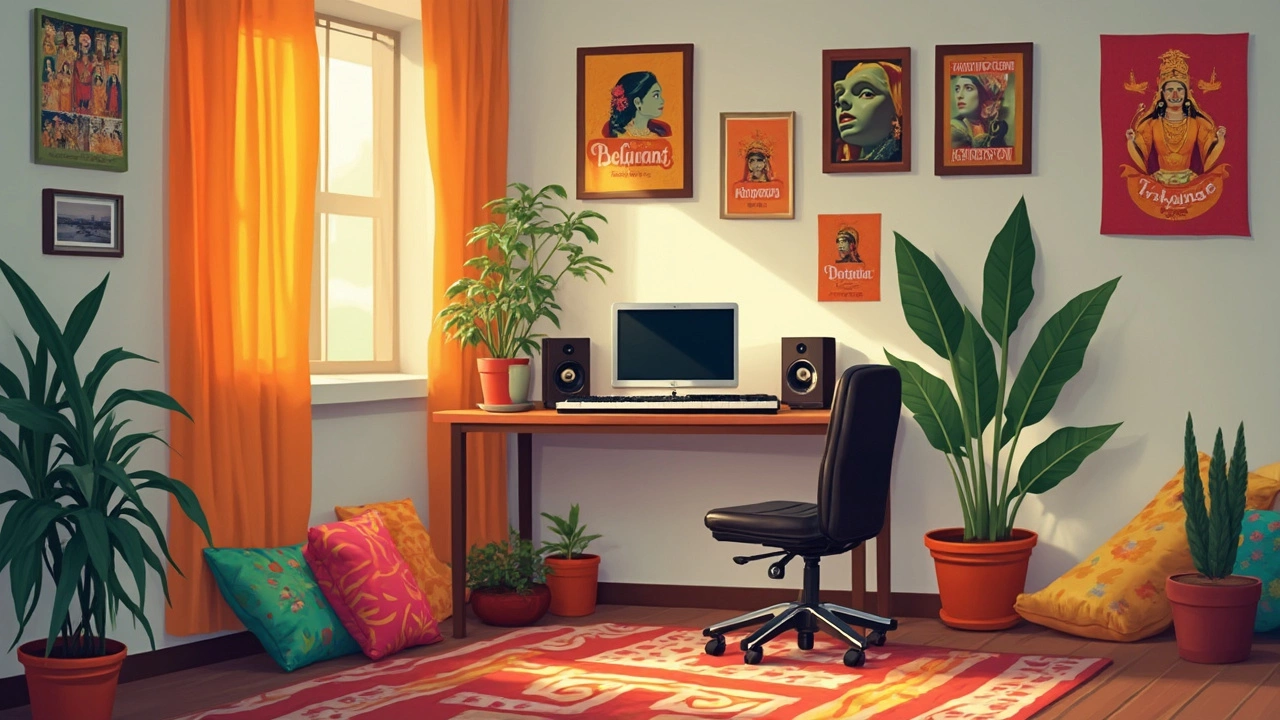Home Studio Size: What Space Do You Really Need?
If you’re thinking about setting up a photo studio at home, the first question is size. Too small and you’ll fight with lighting and backdrops; too big and you waste money on empty square footage. The good news is you don’t need a warehouse to get great shots. Below is a quick guide that helps you decide the right footprint for a functional, comfortable studio.
Measure Your Gear and Workflow
Start by listing every piece of equipment you’ll use on a typical shoot – camera, tripod, lighting kits, softboxes, backdrops, and maybe a small table for props. Measure the widest light‑modifier (a 6‑ft softbox is common) and add a foot on each side for safety. That gives you a minimum floor area. For example, a 6‑ft softbox plus clearance works out to about 8 × 8 ft (64 sq ft). If you use two lights side‑by‑side, bump the width to 12 ft.
Next, think about the path you’ll walk. You need room to move between the subject, lights, and camera without stepping on cords. A clear aisle of at least 3 ft keeps you safe and lets you adjust lighting quickly.
Don’t forget ceiling height. Softboxes and umbrellas need space to hang. A 9‑ft ceiling is comfortable for most kits; if your ceiling is lower, consider grid‑style lights that sit closer to the subject.
Plan for Growth and Comfort
Even if you start small, plan a little extra room for future gear. Add 20‑30 % to your initial calculation so you can swap in a larger light or a portable backdrop without re‑doing the whole layout.
Comfort matters, too. A standing shoot can get hot, especially with powerful lights. Keep a window or a portable fan in the plan. If you can, allocate a corner for a small seating area – it’s handy for client meetings or for taking a break.
Storage is often overlooked. Shelves or rolling racks that fit under a table keep batteries, lenses, and props organized. In a 10 × 12 ft room, a wall‑mounted shelf takes up less than a foot of floor space but adds huge utility.
Lastly, think about acoustics. Even a quiet home studio can pick up echo from hard walls. Adding a few foam panels or a rug not only improves sound for video shoots but also softens light reflections.
Putting it all together, a practical home studio size falls between 8 × 10 ft and 12 × 14 ft for most photographers. That range gives you enough room for two‑light setups, a backdrop stand, and a clear walk‑through path. If you’re on a tighter budget, a 6 × 8 ft corner can work with a single light and a collapsible backdrop.
Remember, the goal isn’t to fill the room with gear; it’s to create a space where you can move freely, light efficiently, and keep clients relaxed. Measure, leave a little breathing room, and think ahead – and you’ll have a home studio that feels just right, no matter how your business grows.
